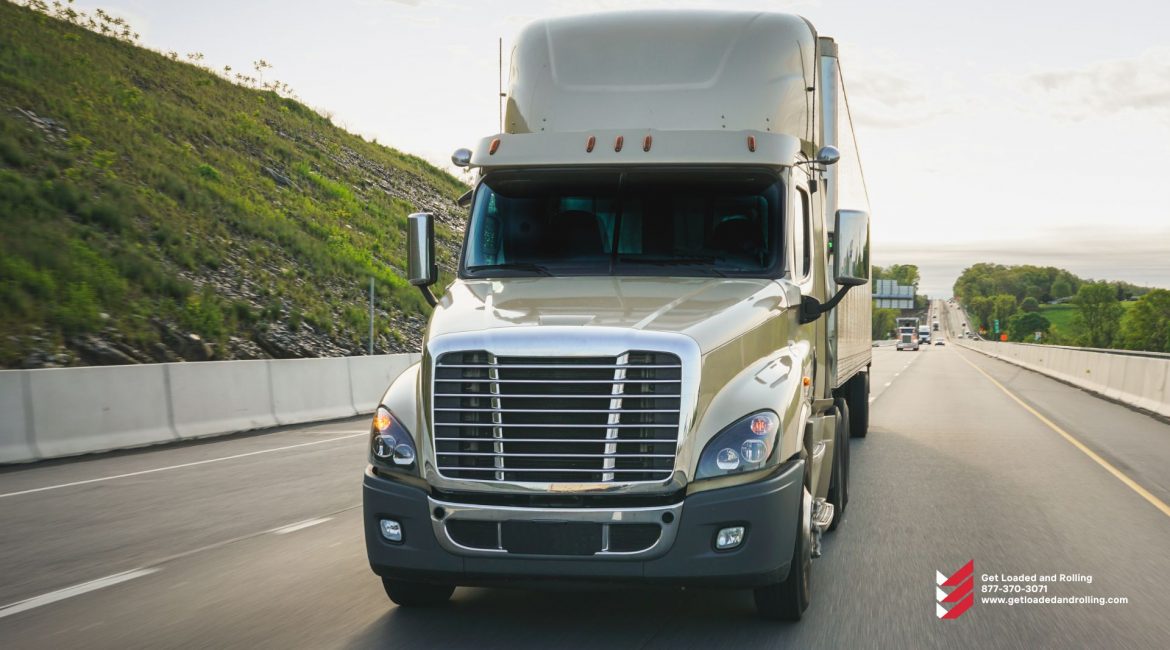Every day, the average consumer makes a shocking 35,000 choices.
Each of these, no matter how big or small, is affected by several things, such as the weather. What’s going on outside has a direct effect on how people feel, what they want, and how they act. This makes the weather a significant factor for retailers to think about.
For example, seasonal buying cycles are built into almost every retail business’s plans every year. Companies make sure they have enough stock of things like snow blowers in the winter, gardening tools in the spring, fruit in the season in the summer, and Halloween decorations in the fall.
But even though retailers are used to these yearly patterns, unexpected weather events like winter storms or hurricanes can catch them off guard and hurt their business.
The price of unplanned weather damage
Changes in demand are just one way that weather affects retail. The real effects are much worse and go much further.
“What’s happening outside has a big impact on all parts of running a store. Ayala Rudoy, VP and GM of Retail and Transportation at Tomorrow.io, said, “As the weather changes every day, it’s making it harder to do things like plan inventory and manage the supply chain.”
This is particularly true for big stores. Even though their supply chains are more secure, they have more moving parts, such as their own private fleets, distribution centers and warehouses, many stores in different parts of the country, regional offices, and a headquarters.
Even the freight itself is changed. For example, bad weather can cause delays and temporary shortages of goods at ports and during ocean and land transit, which can cause problems for a business that is still being prepared. When customers go to stores to buy products that have been advertised but have yet to arrive because of bad weather, they are frustrated to find empty shelves. These temporary stockouts can have a big effect on how people buy, which can hurt sales and revenue in the long run.
Weather can also mess up an organization in other ways, like when there isn’t enough or too much staff during a storm, when stores lose power, when ice or snow makes parking lots dangerous, or when people stock up on staple goods before a snowstorm or hurricane.
Without planning, retailers risk losing a lot of money over time, not getting the most out of their sales, and not being able to handle the effects of climate change in the long run.
The old ways of making predictions need to be fixed.
Retailers aren’t entirely blind to the effects of weather. They know the value of forecasting, such as being able to predict an extreme weather event, but they need a source of advanced truth that makes it easy to do this on a large scale.
Instead, siloed groups within a company often rely on out-of-date daily reports or predictions that differ from app to app and newscast to newscast. This means that people who are not weather experts make the decisions.
An organization can’t take the chance that each part will make decisions based on old, fragmented ways of predicting the weather. The repercussions are just too bad.
“Retailers leave their long-term strength and profits up to the weather if they don’t have a unified approach to climate. Since the market is so unstable right now, the industry can no longer just react to the changing forecast, Rudoy said.
With weather intelligence, you can reduce risk and boost sales.
Retail already has the high-tech tools it needs to change on a large scale, and brands in all fields are already using them to get ahead.
Meet Tomorrow.io’s weather intelligence, a technology that turns the traditional weather forecast into hyperlocal, actionable insights from a single source of truth.
With its weather and climate security platform, retailers can share the same real-time and hyperlocal data across their departments.
Instead of making decisions about inventory for all stores in the same city based on a “40% chance of rain,” retailers use minute-by-minute forecasts down to the street level to make the best decision for each location and operational touchpoint.
Retailers plug their own unique and standard protocols into the platform, which then sends out automated and personalized alerts for each weather scenario. This way, no one in the organization has to guess what to do next.
“There are a lot of uses for retailers. Rudoy said, “All parts of the organization can act quickly based on a very accurate source of information to reduce the effects of everyday weather on operations, the bottom line, moving assets, and other things.”
With Tomorrow.io’s real-time monitoring tool, for example, retailers with private fleets can reduce downtime and avoid accidents by automatically figuring out which vehicles are in dangerous situations and contacting them in real-time.
This can help route planners and/or drivers adjust routes and schedules from distribution centers to stores based on weather events. And because they know about bad weather ahead of time, store managers have more time to get ready and put safety first before bad weather hits to minimize risk and put operational efficiency first.
The platform gives you data from the past, data in real-time, and data for the next 14 days. This early warning lets stores, for example, align their stock and staffing with supply and demand based on the weather. This way, when other stores run out of popular products, their shelves will still have them.
Tomorrow.io keeps giving the transportation and retail industries information about the weather that changes the game, and it’s about to take it a step further. This year, the company will launch a first-of-its-kind commercial satellite constellation that greatly improves radar coverage around the world and makes already powerful technology even better.
